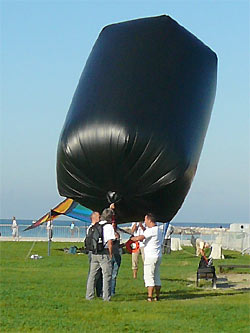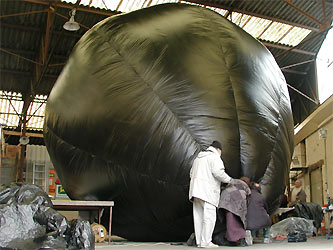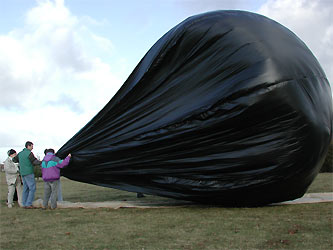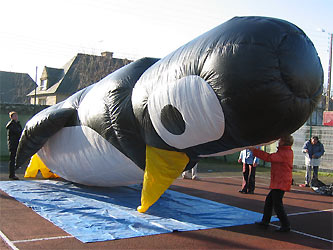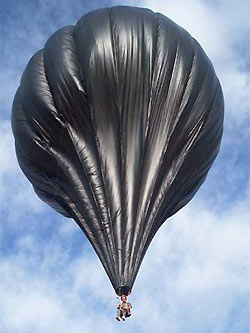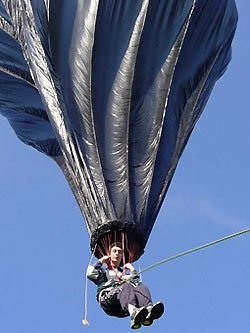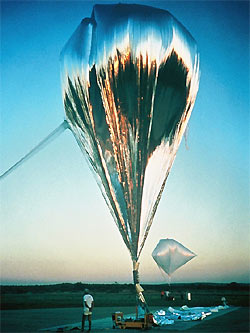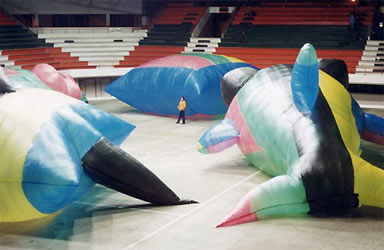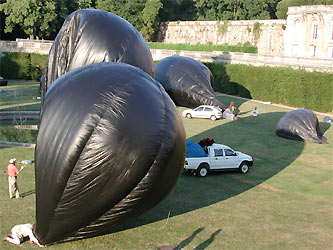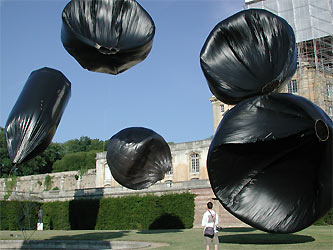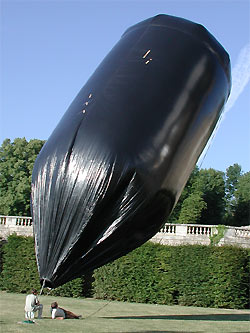
The History of Ballooning really began in the late eighteenth century. The first experiments of flights with hot air balloonl have been conducted in the presence of King John V of Portugal, in August 1709, by a Brazilian priest, Bartolomeu Lourenço de Gusmão. The balloon constructed with paper would reach a height of 4 meters. Then, the Montgolfier brothers made their first tests with a balloon of paper full of hot air in 1782.
In the family of balloons, the solar balloon also functions as a hot-air-balloon very small but that does not burner or other heat source except that provided by the sun.
Like other balloons, the solar balloon is hovering through buoyancy. Solar energy is free and important. Simply convert solar radiation into infrared radiation.
Therefore, the envelope of the balloons must be absolutely black to capture heat from solar radiation.
It uses a black polyethylene film thin enough, with a thickness of 15 to 20 microns. A thickness of 30 microns or more gave the envelope a mass too large for satisfactory performance.
Left photo: balloon solar Emmanuel Laurent (Envol in Meudon)
Right picture: solar balloon Christophe Praturlon, it installs a device for aerial photography
Wokipi report about his actvity the solar balloon
